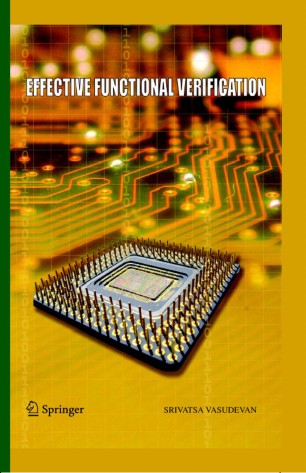
All of us often suffer from “starting trouble” or a “writer’s block” when coming up with a test plan. As an experienced professional who had taped out multiple chips, I was fortunate to land in a role helping other junior engineers get their test plans and verification in order. Effective functional verification was born from those experiences in a quest to help others.
In this book, you’ll learn how to create effective test plans, and how to verify your DUT completely. It is not specific to any class library, but instead offers methodology and processes to simplify your verification effort. The book is written with a wide audience in mind. My hope is that this book will inspire many more people to take on the challenge of verification and finds use in the hands of all engineers as a reference.
There are 4 parts to this book.
Starting the verification journey: Part 1 discusses verification from an introductory point of view. Information in this part helps set the baseline for the other chapters in the book. Engineers and managers new to verification or considering changing over to verification as a career would find this section informative. Information in this section sets the baseline for the other chapters in the book.
Ingredients of successful verification: Part 2 begins by describing the human aspects of verification along with case studies from the real world. Metrics that drive verification are presented here as well. Managers and lead engineers might find information in this section more useful.
Reducing work in verification: Part 3 discusses various methods to reduce time, effort, energy and money during the course of verification. Various methods and ideas are presented that can be adopted by the reader in their own verifcation environments. While this section is partly targeted at the advanced user, it is hoped that the reader finds inspiration and motivations from the chapters presented in this section. The concepts presented in this section are designed to help engineers at all experience levels become productive in verification quickly.
Bringing it all together: Part 4 presents a process and methodology, which attempts to bring the entire verification effort. The principles in Part 4 have been time tested in a variety of organizations. These principles help ensure a smoother verification “experience” as well as a successful tapeout on silicon. It goes ahead to describe 10 steps that would be helpful to the engineer to get from the ’concept’ point to the actual tapeout of the device.
You should be able to adapt the principles in this book to any class library and methodology.